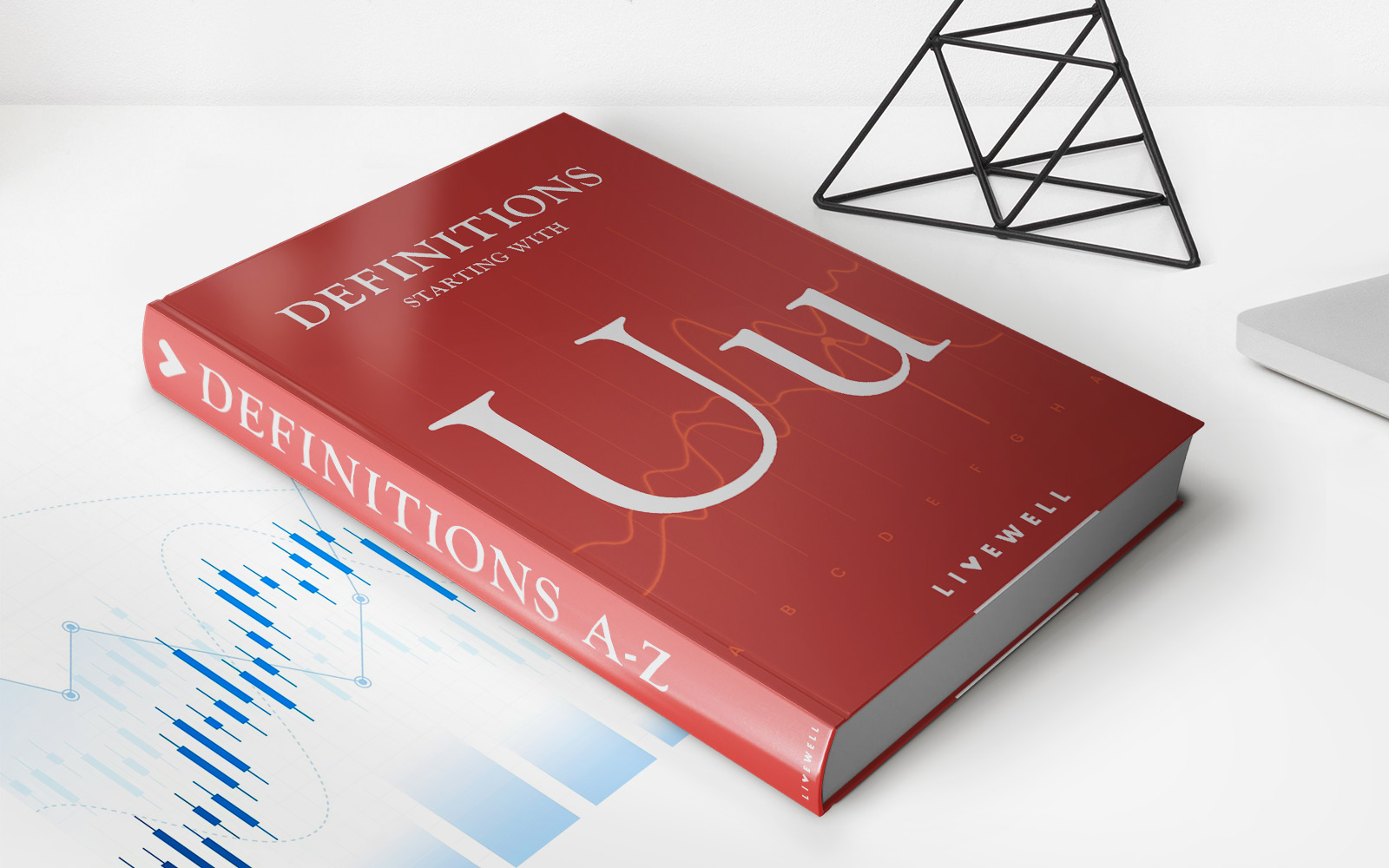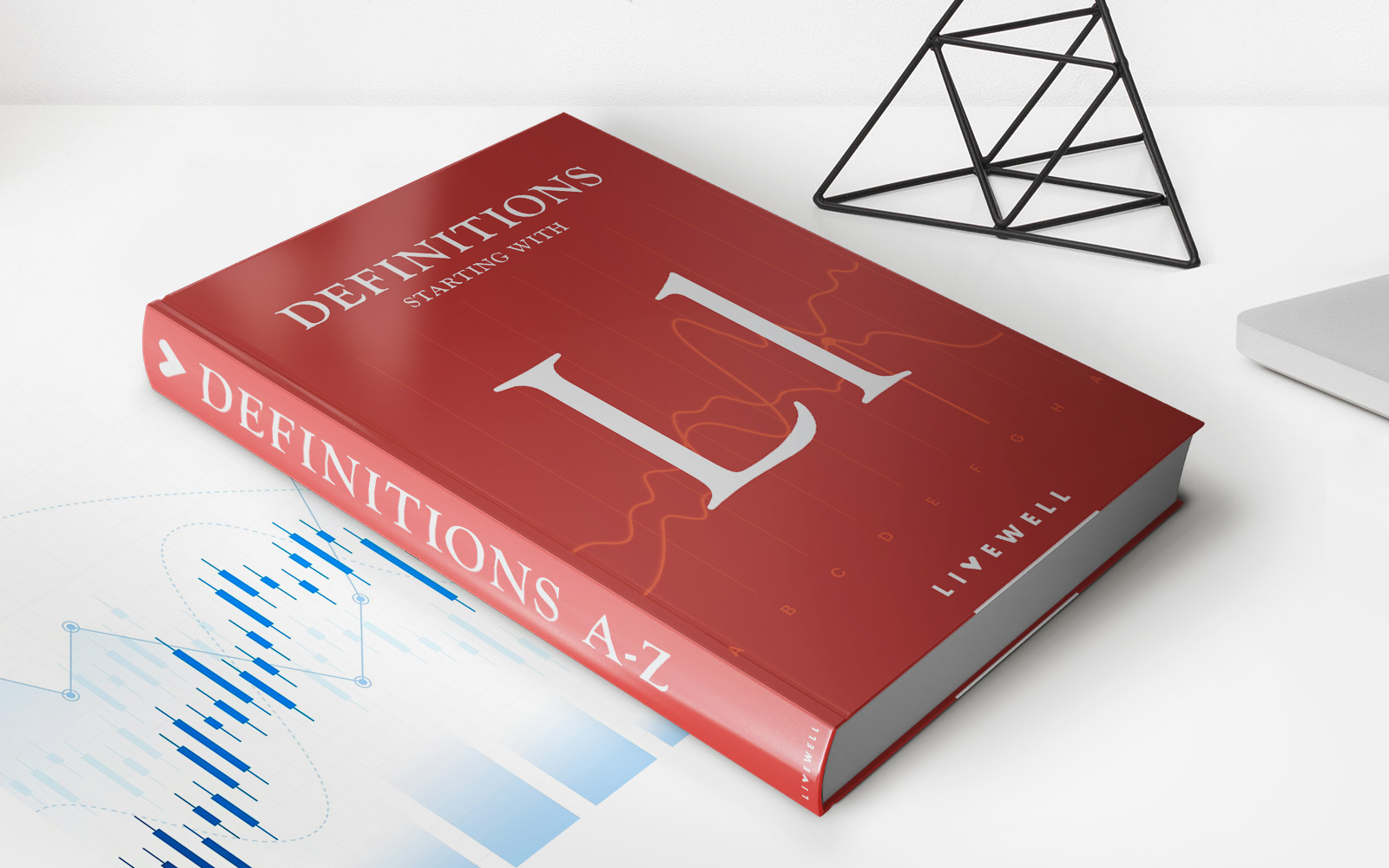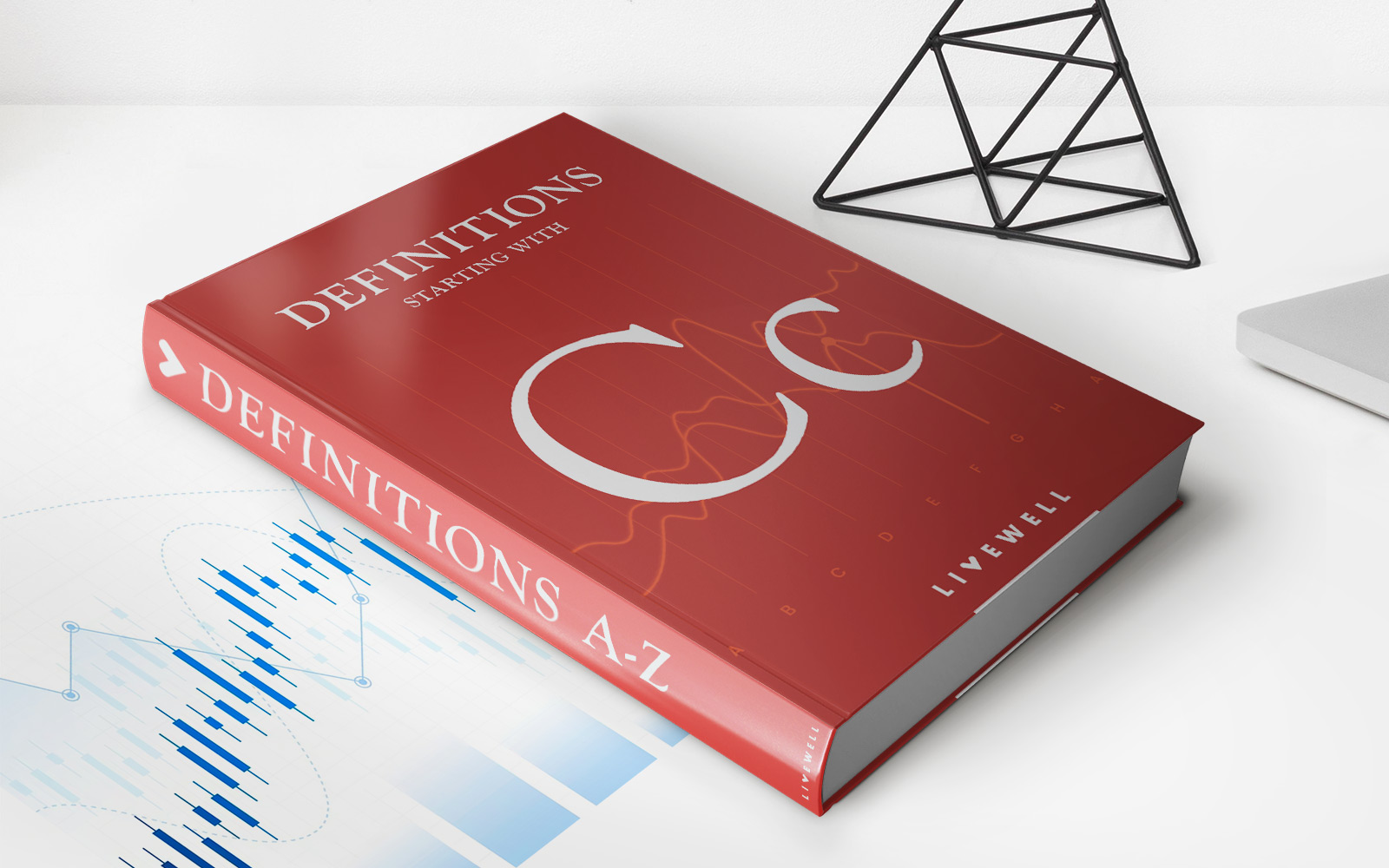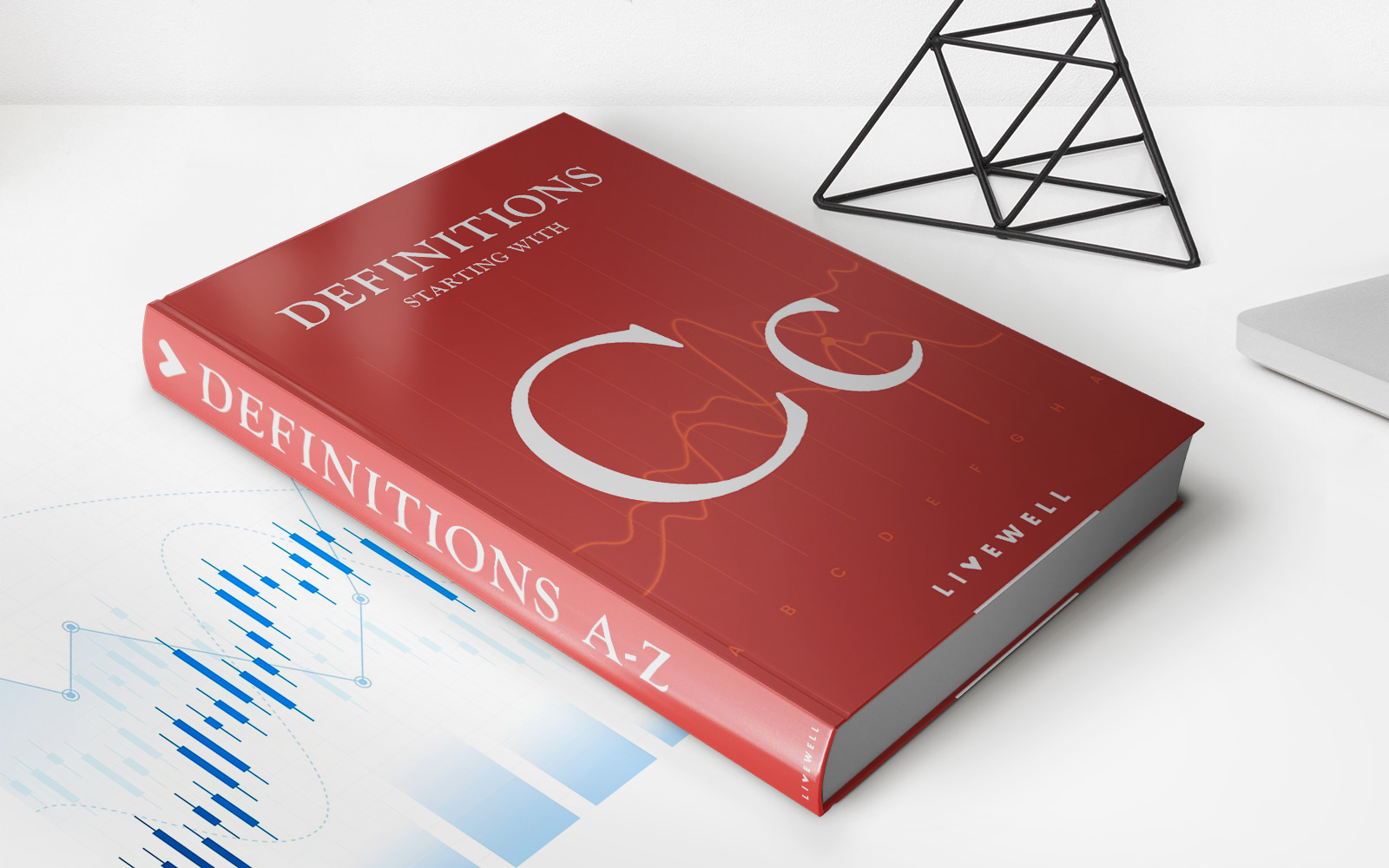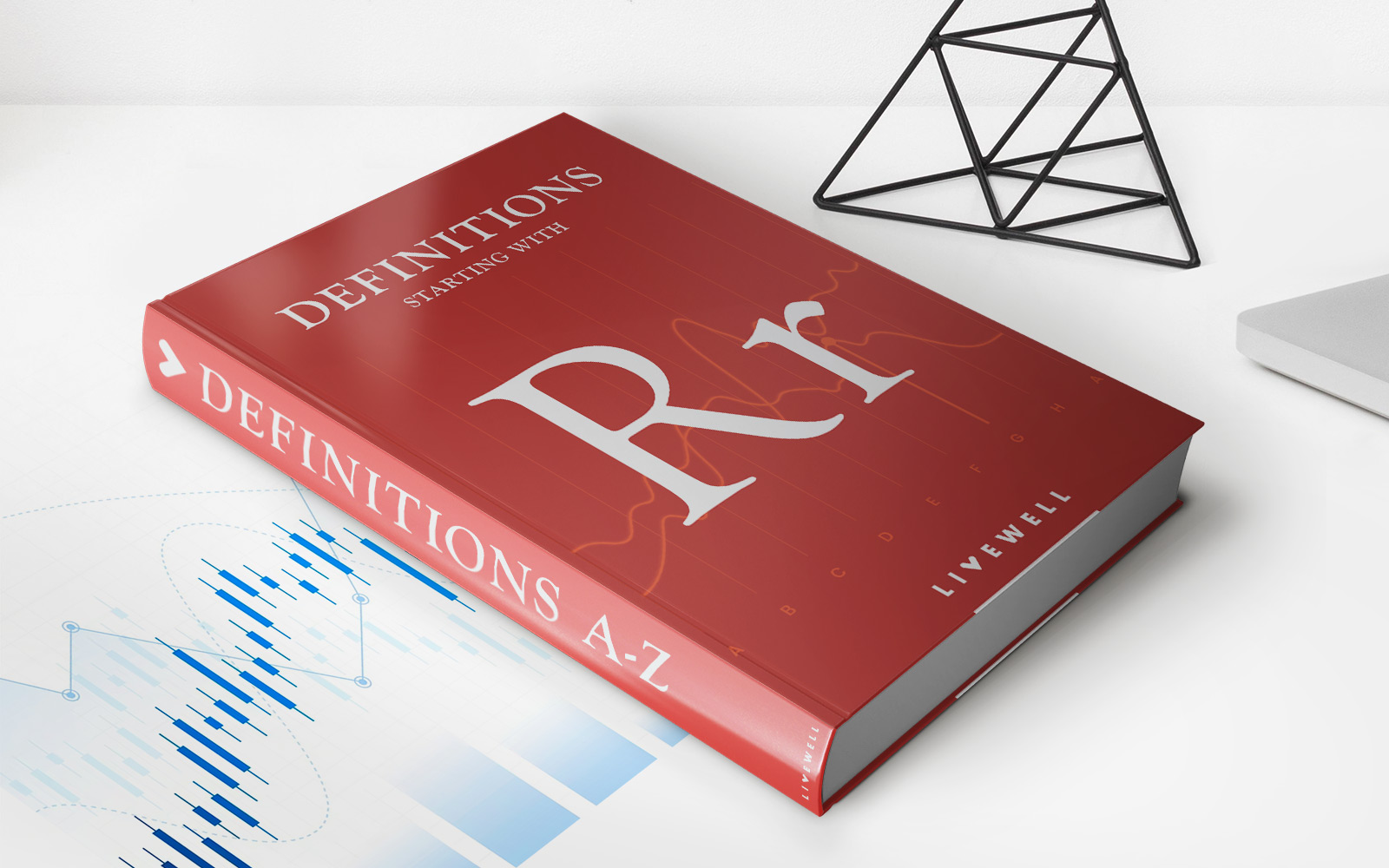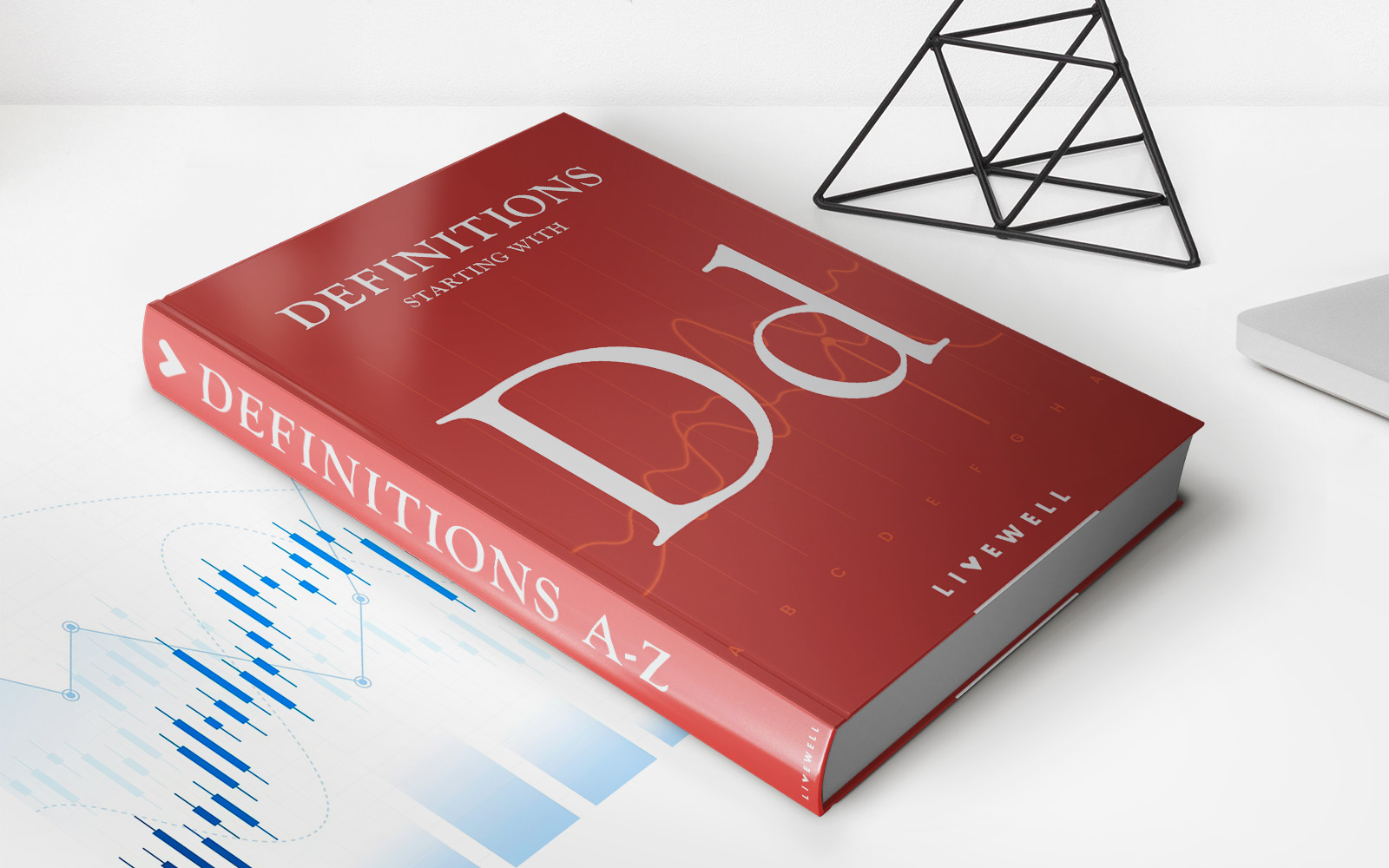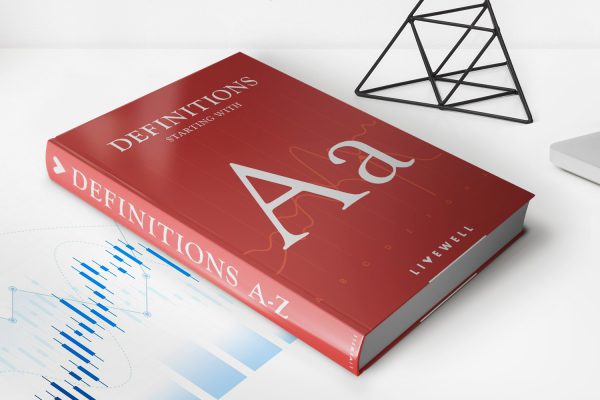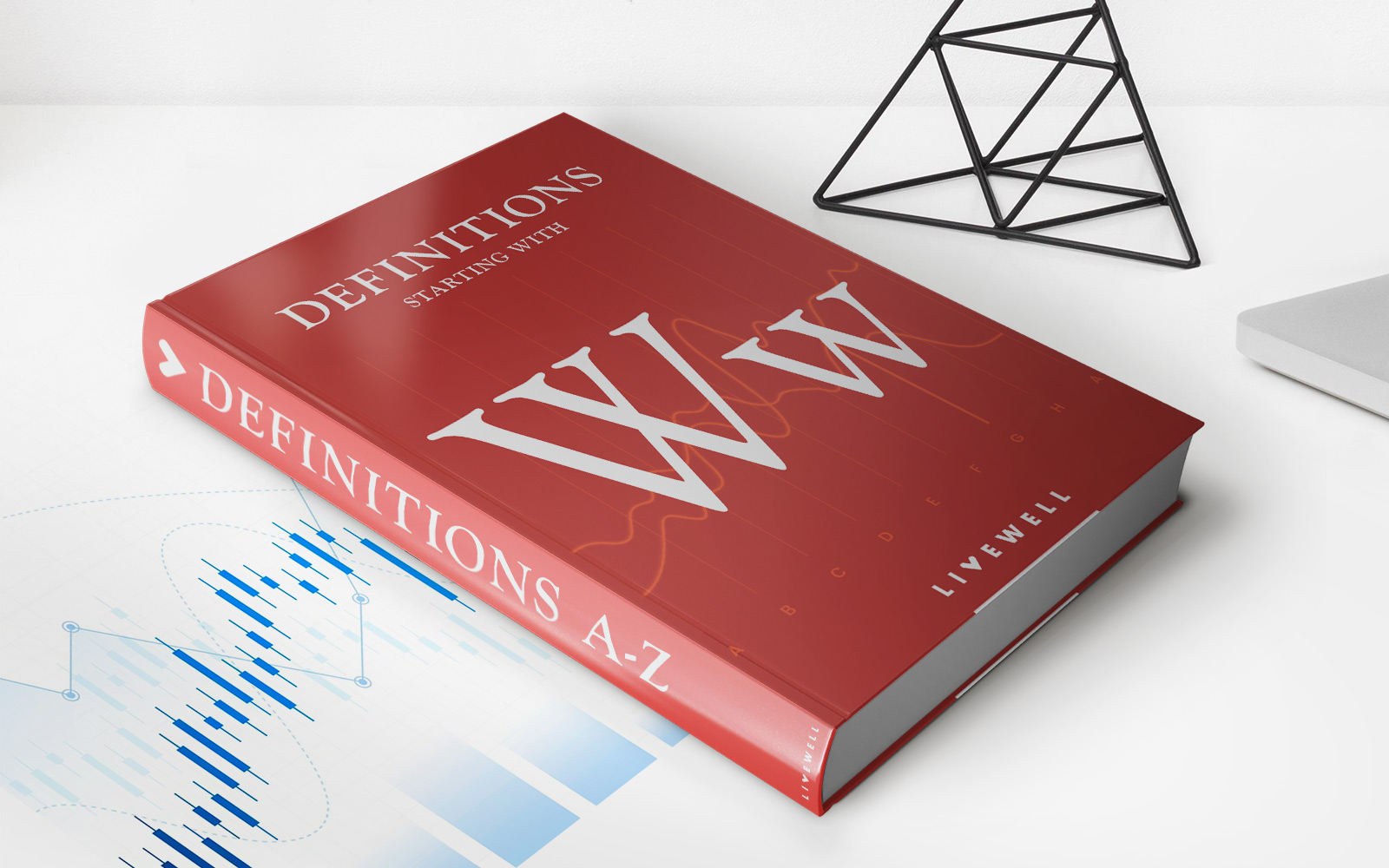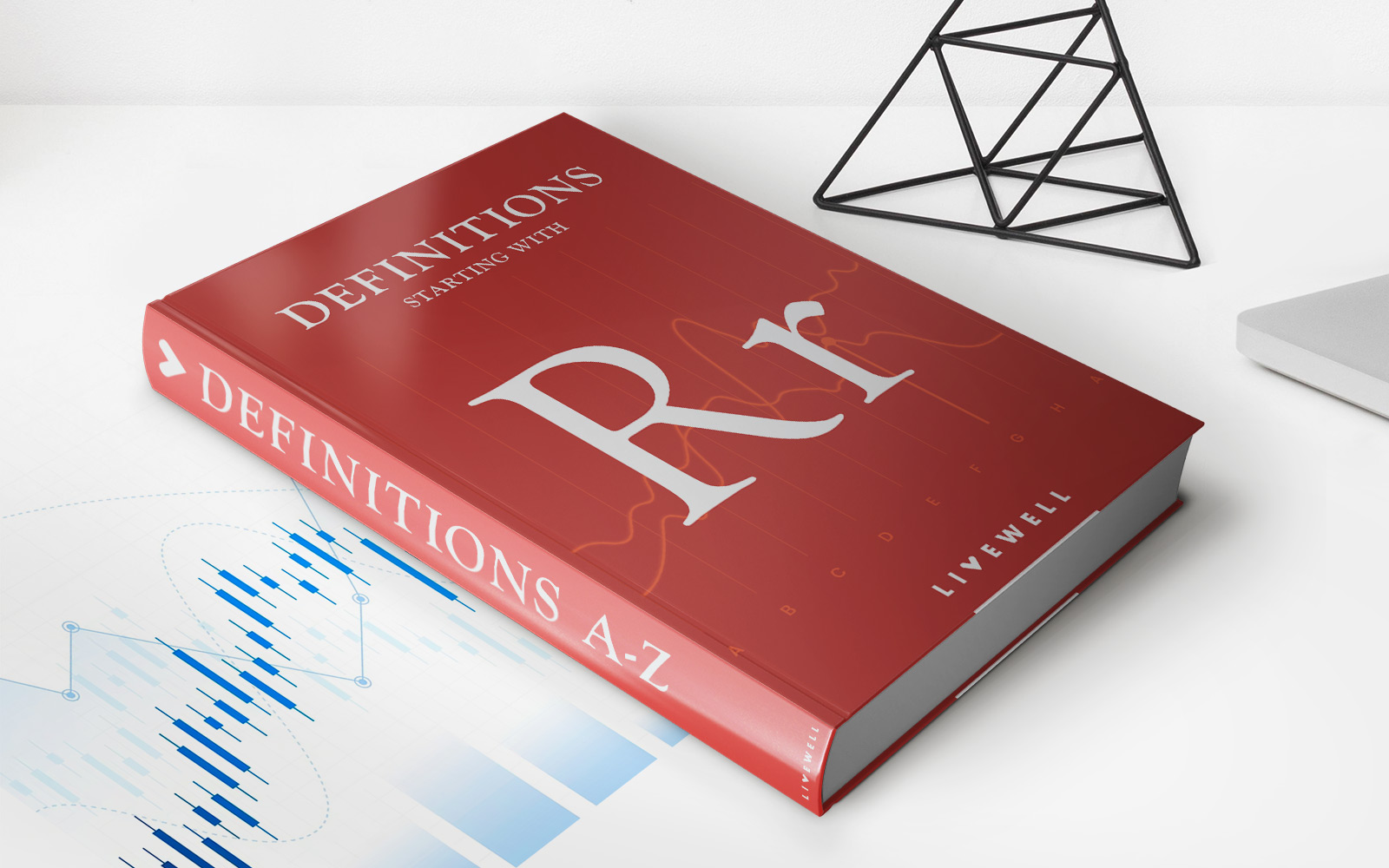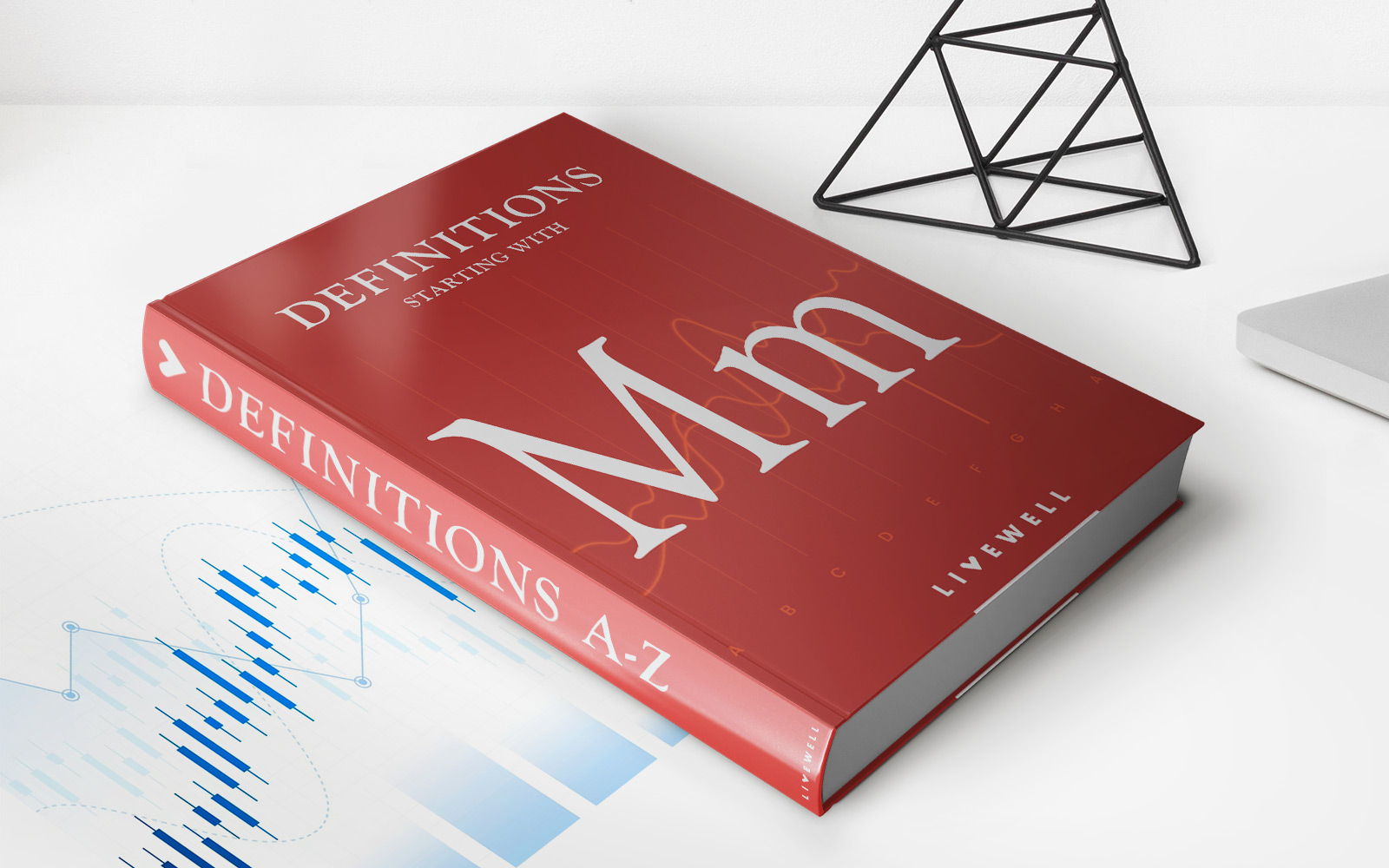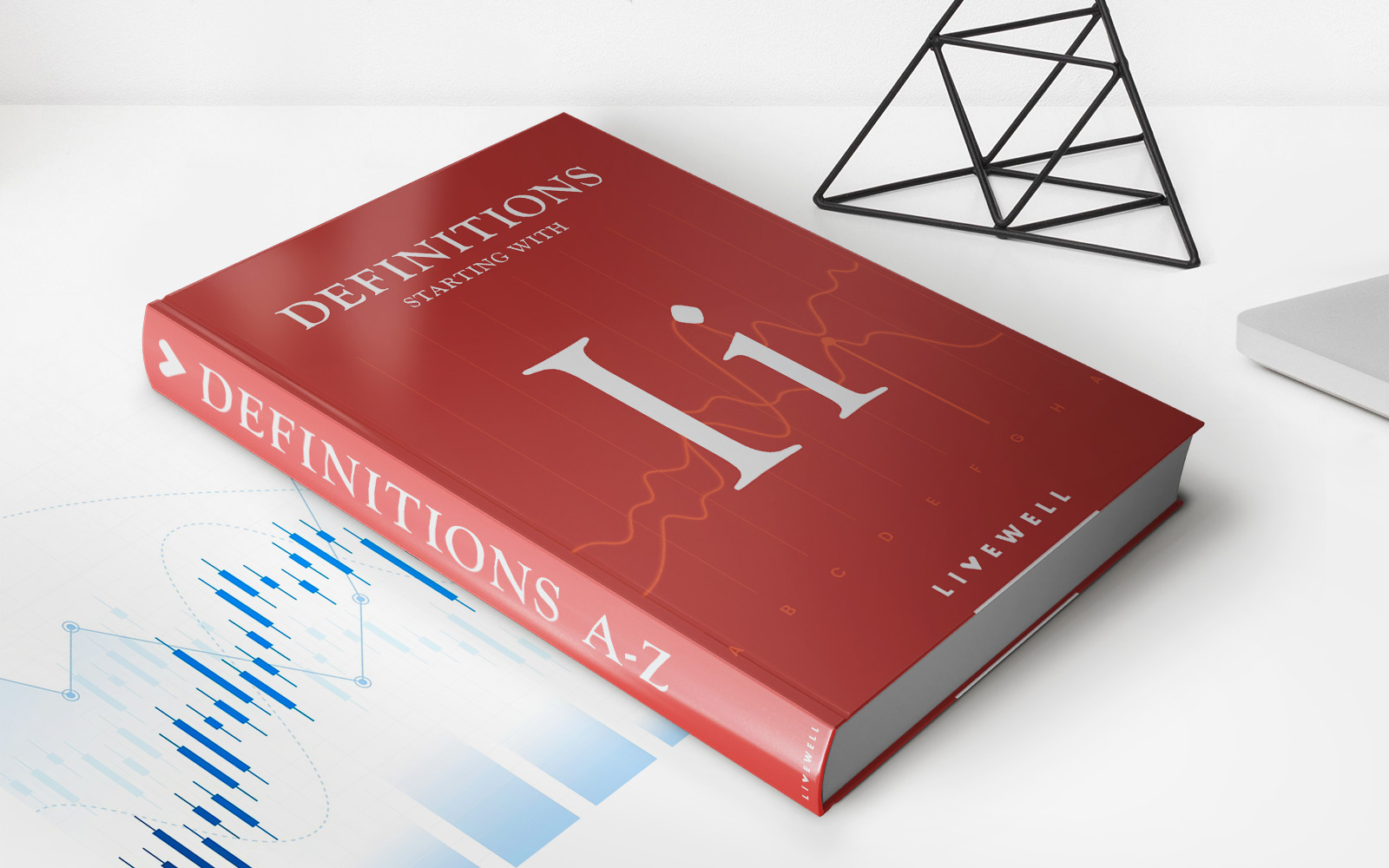Home>Finance>Backorder: Definition, Causes, Example, Vs. Out-of-Stock
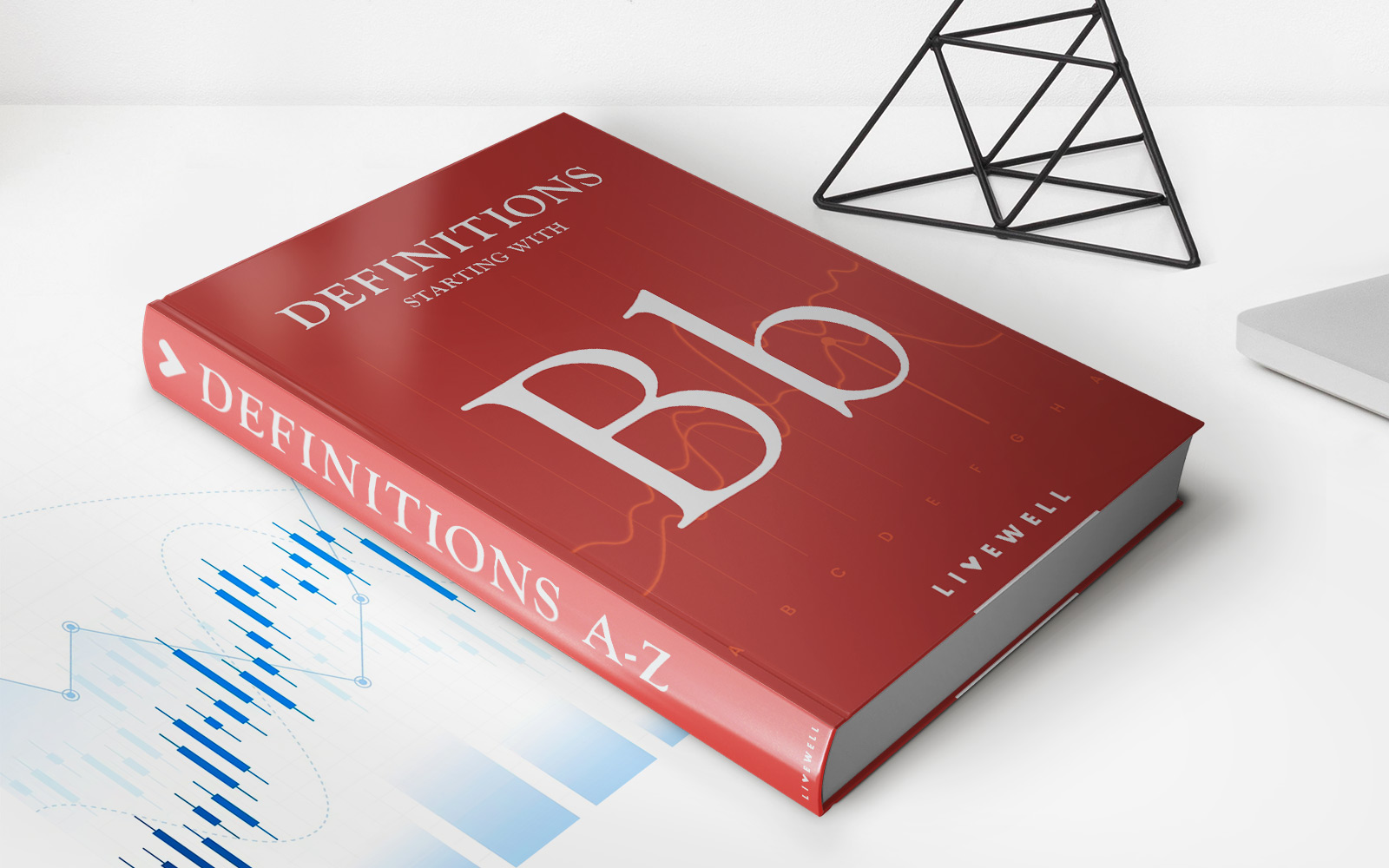

Finance
Backorder: Definition, Causes, Example, Vs. Out-of-Stock
Published: October 12, 2023
Learn the definition, causes, and examples of backorders in finance. Understand the key differences between backorders and out-of-stock situations.
(Many of the links in this article redirect to a specific reviewed product. Your purchase of these products through affiliate links helps to generate commission for LiveWell, at no extra cost. Learn more)
Backorder: Definition, Causes, Example, Vs. Out-of-Stock
When it comes to managing inventory in the finance world, one term that frequently arises is “backorder.” But what exactly is a backorder, and how does it differ from being out-of-stock? In this blog post, we will explore the definition, causes, and provide clear examples of backorders. Additionally, we will compare and contrast backorders with out-of-stock situations, shedding light on these two distinct inventory management scenarios.
Key Takeaways:
- A backorder occurs when a customer places an order for a product that is currently unavailable, resulting in a delay in delivery until the product is restocked.
- Causes of backorders can range from unexpected increases in demand, supply chain disruptions, production delays, or inaccurate inventory management.
What is a Backorder?
A backorder is a temporary situation in which a customer places an order for a product that is currently not available in the inventory. Instead of immediately fulfilling the order, the company informs the customer that the product is out of stock but will be shipped as soon as it becomes available again. Essentially, a backorder allows customers to secure their purchase and ensure they receive the product once it is restocked.
Causes of Backorders
Several factors can contribute to the occurrence of backorders:
- Unexpected Increase in Demand: When there is a sudden surge in demand for a particular product, a company may experience difficulties in meeting the increased customer orders, leading to backorders.
- Supply Chain Disruptions: Any disruption in the supply chain, such as delayed shipments or raw material shortages, can prevent a company from restocking its inventory promptly, resulting in backorders.
- Production Delays: If a supplier faces production delays or quality control issues, it may cause a delay in replenishing the inventory, leading to backorders.
- Inaccurate Inventory Management: Poor inventory management practices, such as inaccurate tracking or insufficient stock forecasting, can result in a mismatch between customer demand and available inventory, causing backorders.
Backorder Example:
To illustrate a real-life example of a backorder, let’s consider an online retailer selling a popular electronic gadget. The retailer experiences a sudden surge in demand for the gadget due to positive reviews and viral marketing. However, the unexpected influx of orders depletes their inventory, leaving them with insufficient stock to fulfill all customer requests. The retailer then informs customers that the product is on backorder and will be shipped once it becomes available again, ensuring the customers’ orders are secured.
Backorder vs. Out-of-Stock:
While backorders and out-of-stock situations both involve products that are currently unavailable, they are distinct inventory management scenarios:
- Backorder: In a backorder scenario, customers are given the option to secure their purchase by placing an order even though the product is currently out of stock. The company commits to delivering the product once it becomes available again, allowing customers to anticipate the delayed arrival.
- Out-of-Stock: On the other hand, an out-of-stock situation occurs when a product is no longer available for delivery. Customers are unable to place an order for that particular product until it is restocked. In this case, customers must wait until the item is back in stock to make their purchase.
Understanding the distinction between backorders and being out-of-stock can help businesses and customers make informed decisions and manage expectations more effectively.
In conclusion, backorders are a common aspect of inventory management in the finance world. They occur when a product is temporarily out of stock, but customers are given the option to secure their purchase and await delivery once the product becomes available again. By understanding the causes, examples, and differences between backorders and out-of-stock situations, businesses and customers can navigate these scenarios more effectively, ensuring a smoother purchasing experience.

